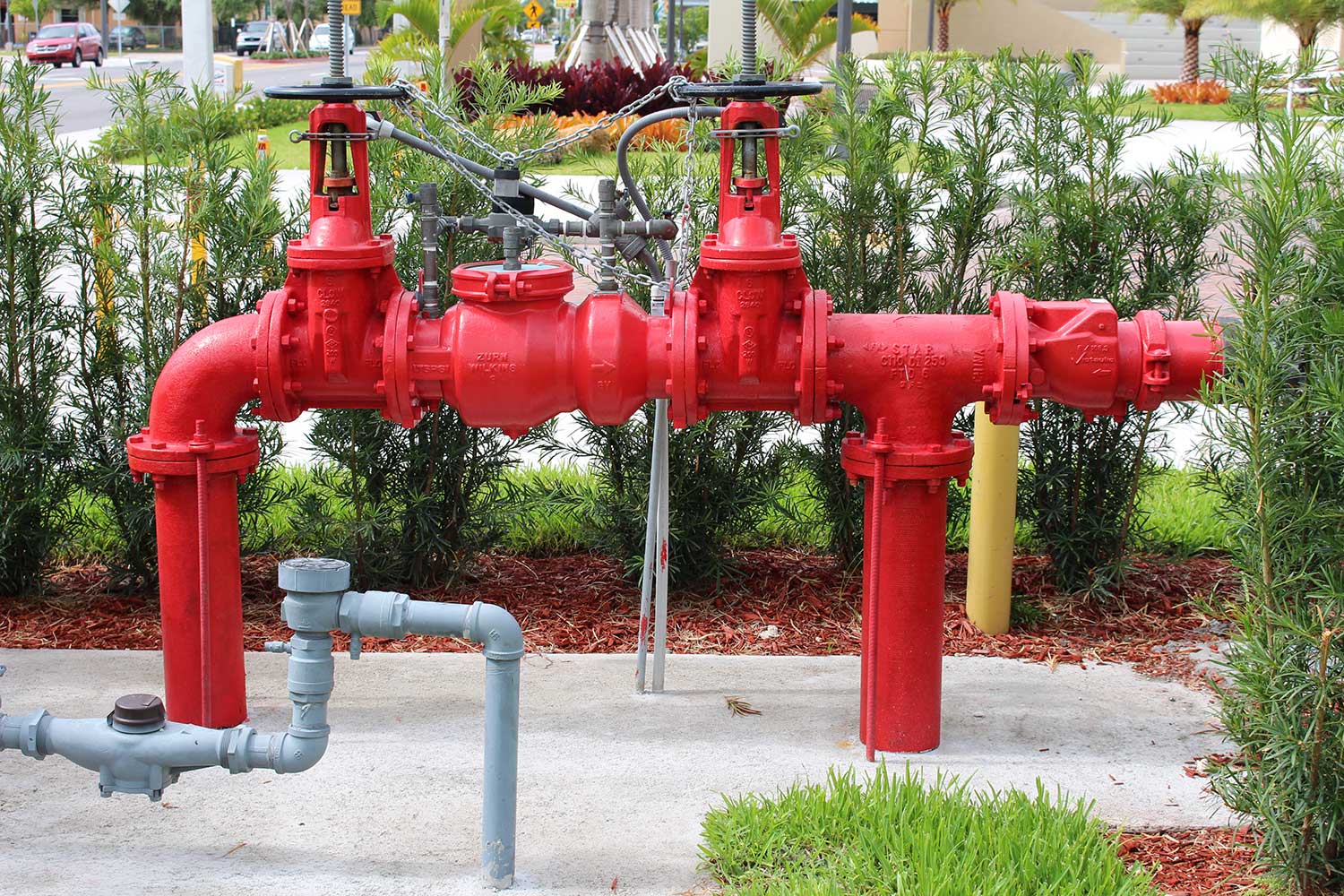Backflow valves allow water to flow out of your home into your city’s main sewer system. Installing a backflow valve and properly maintaining it helps prevent sewage backup into your house, saving you the headache that comes with sewage flooding.
Below we explore everything you need to know about interior and exterior backflow valves and how they keep you, your family, and your home safe during flooding.
What Is a Backflow Valve?
A backflow valve –a backwater valve– is a device that prevents the flow of sewage into your home or basement. Backflow can be installed on the interior or exterior to protect against flooding should the main sewer system back up.
Your home’s sewer lines are designed to carry sewage away from your house and to your city’s main sewer lines. But anytime sudden, heavy rain or rapid snowmelt, water overwhelms municipal sewer systems. At that point, there is no place for your sewage to flow out from your home. Sewage flows back into your home without a backflow valve, flooding your space with contaminated water. The risk of water backup increases if your home rests below street level or if you have a basement.
Backflow valves are recommended by some municipalities and required by others. It’s much easier and less expensive to install your backflow valve during construction than retrofitting it into an existing home. But both options are less costly than dealing with sewage water flooding your space and ruining your belongings. In addition, some governments offer subsidies or incentives to install backflow valves. You can check online for subsidies offered in your area.
How Do Backflow Valves Work?
Your sewer system allows water and sewage to flow out from your home. But should the primary sewer system become overloaded, a backflow valve prevents sewage from flowing back to your home, through your pipes, and into the interior of your ground floor or basement.
Backflow valves can be located on the exterior or interior of your home. Most of the time, it’s easier for your plumber to install the valve outside, and it’s more cost-effective than ripping up flooring and breaking up concrete to install it in your basement. However, both options are possible for homeowners, and both protect your home from sewage flooding.
Inside your backflow valve is a flap that typically remains open, allowing water to flow from your house into the main sewer line. It also allows sewer gases to vent out, preventing foul odors from penetrating your home.
Your valves house two flotation devices on each side of the flap. If water or sewage begins to flow back into your home’s lines, the floats lift the flap, causing it to close. The flap stays lifted until the water levels fall and water can safely flow out from your property. Once the water levels return to normal, the flaps open, making a clear path for water and sewage to flow into the main sewer line.
Without a properly installed backflow valve, high water levels within a municipal sewer system can cause sewage to back up in your home through sinks, tubs, toilets, or floor drains.
How Can I Maintain My Backflow Valve?
If your backflow valve has been correctly installed and routinely maintained, you don’t have to worry about sewage backup into your home. Regular maintenance is critical to ensure your backflow valve works perfectly, giving you peace of mind should a heavy rainfall. Thankfully, maintaining your backflow valve is simple. You should practice annual maintenance to keep things flowing smoothly.
Most valves have an access box fitted with a clear cap that allows you to see any blockages or debris that might pose a problem for valve function. You can easily see if water is flowing as it should or if clogs –– or debris that could cause clogs –– through the cap. Carefully clear out the debris, being sure to wear gloves to protect yourself from the sewage water. A long-handled scrub brush is sufficient to clean around the cap. If you have any questions about regular cleaning, you can refer to the manufacturer’s recommendations.
You’ll need to inspect the individual elements of your backflow valve to ensure all parts are in working order. Your backflow valve has an O-ring that seals the flap when it’s engaged. Examine the ring to ensure it’s in good condition and seals properly. Evaluate the two floats as well. Over time, the flowing water wears down the floats, and they won’t work effectively to lift the flap. Replacing worn parts is just as important as ensuring a smooth water flow through your backflow valve.
If you’re not confident in maintaining or inspecting your backflow valve, your plumber can do all of this for you.
Flood Prevention in Your Home
Flooding is financially and emotionally stressful, and at DeVooght House Lifters, we want to do everything we can to keep your home safe from flood damage. Our team specializes in structural relocation, house lifting, and foundation repair services to maintain your home’s integrity and value. In addition, we bring decades of experience to your project, providing personal care to each of our clients.
Flood mitigation is paramount to keeping your home and family safe during rising waters. Contact us today, and one of our helpful team members will discuss how our services can protect your home and give you peace of mind.

